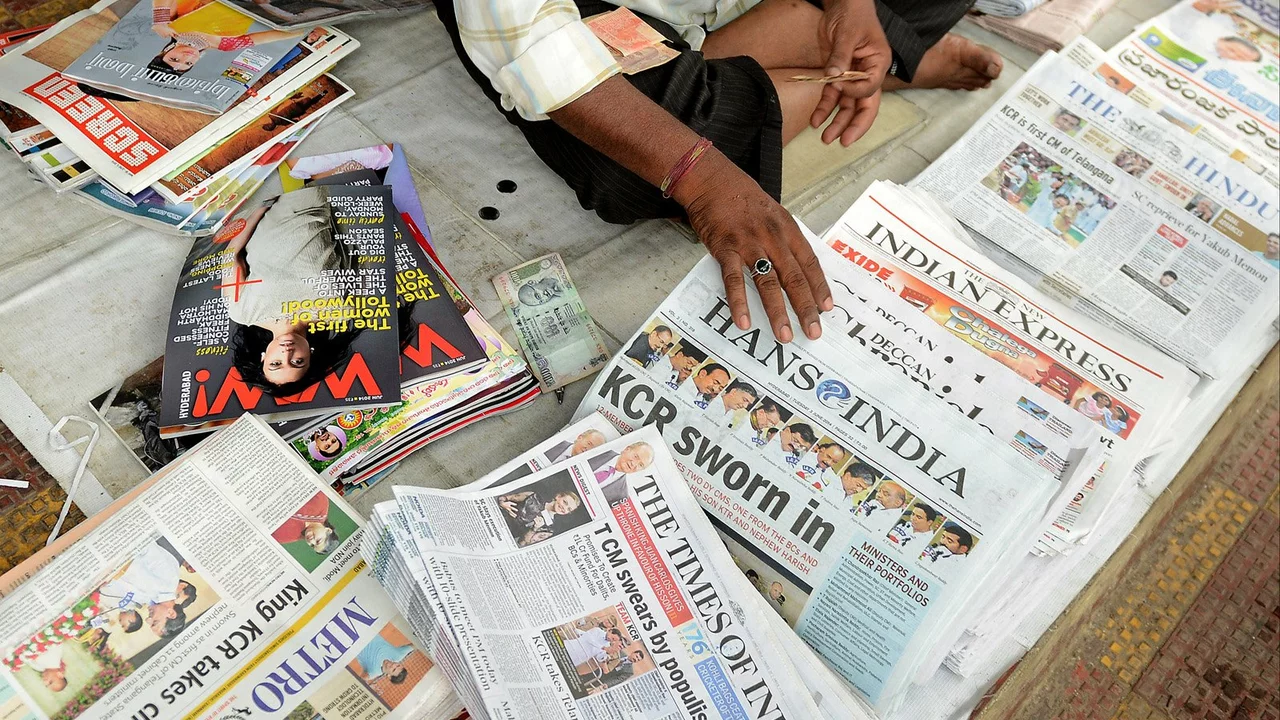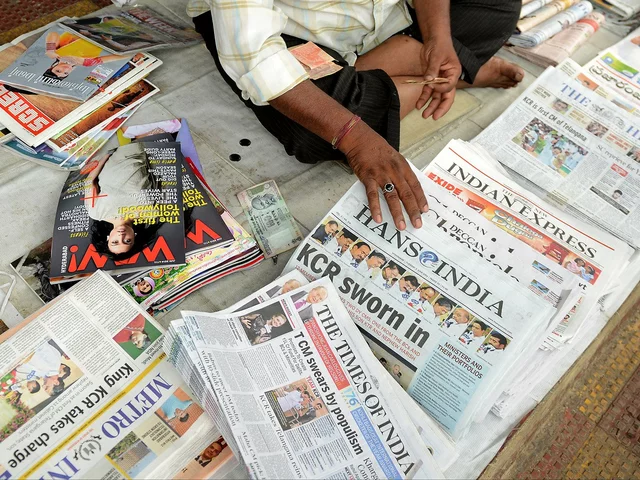Media Objectivity: Why It Matters and How to Spot Bias
Ever felt like the news you read is pushing an agenda instead of just reporting facts? You’re not alone. Media objectivity is the cornerstone of trustworthy journalism, and understanding it can save you from misinformation.
What Is Media Objectivity?
In plain terms, media objectivity means presenting news without letting personal opinions, political leanings, or commercial interests color the story. An objective article sticks to verified facts, gives all relevant sides a fair chance, and avoids sensational language that skews perception.
Think of a referee in a sports match—no favoritism, just the rules. Likewise, a good journalist follows the same principle: they let the evidence speak.
Quick Tips to Test Objectivity
1. Check the sources. Reliable pieces cite multiple, credible sources. If you only see one viewpoint, it might be a sign of bias.
2. Look for loaded words. Phrases like "outrageous" or "miraculous" often indicate emotion rather than fact.
3. Spot the balance. Does the article give space to opposing arguments? A balanced story will quote both sides and let you decide.
4. Verify the data. Numbers should come with clear explanations and references. If figures appear out of thin air, dig deeper.
5. Notice the author's background. Knowing whether the writer has a political or corporate affiliation can help you weigh potential bias.
Applying these checks doesn’t take long, but it makes a huge difference in what you believe.
On our Media Objectivity tag page, you’ll find a mix of stories that put these principles to work. From an analysis of the Supreme Court’s decisions to a look at political dynasties in India, each post aims to keep the conversation factual and fair.
For instance, the piece on the Supreme Court explores both the criticisms and the procedural safeguards that aim to keep justice impartial. Meanwhile, the article about political dynasties weighs the arguments for and against the claim that they threaten democracy, giving you a full picture.
Even lighter topics, like the exciting Ireland Women vs Pakistan Women cricket match, stick to the stats and player performances without slipping into hype.
By reading through these articles, you’ll see practical examples of objectivity in action. You’ll also notice how writers handle controversial subjects—by presenting evidence first, then letting readers draw conclusions.
So, next time you scroll through headlines, give these tips a quick run‑through. It’ll help you separate the noise from the news and keep your mind sharp.
Ready to practice? Dive into the posts under the media objectivity tag and see how each author tackles bias. You’ll come away not just better informed, but also better equipped to spot the subtle cues that shape every story.





